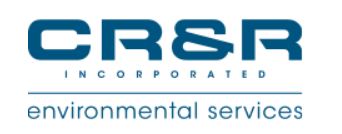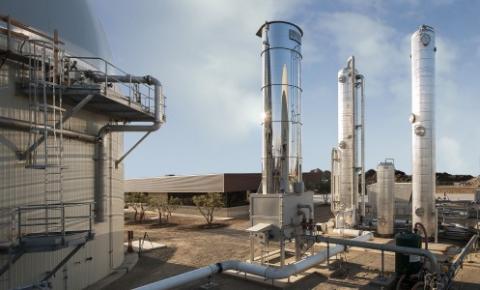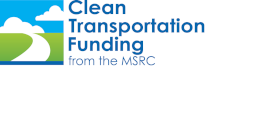
The MSRC has partnered with CR&R Environmental Services on a state-of-the-art facility in the Inland Empire that uses an anaerobic digester to generate its own clean-burning transportation fuel. The MSRC has contributed more than $450,000 in funding to the multiple stages of the project, from the original installation of the first fueling pumps in 2013 to its various levels of expansion over the past few years. This has included everything from the initial construction, to expanding the station by installing a compressor and time-fill posts, to making modifications to the maintenance facility.
CR&R’s facility in Perris accepts organic waste from the region, diverting it from local landfills and capturing the methane that is produced when the waste is processed. The anaerobic digester “digests” the organic waste, producing a “biogas,” which is then cleaned and converted into renewable natural gas (RNG), which is then funneled through an on-site compressor and pipelines that deliver the fuel to its slow fill fueling system located on-site. This fuel is used to operate CR&R’s fleet of natural gas collection trucks servicing Southern California. Additionally, there is a 1.4 mile natural gas pipeline that enables CR&R to bring the RNG it generates into the Southern California Gas Company’s distribution system.

According to Alex Braicovich, CR&R’s Senior Regional Vice President, this project has been in the making for more than 10 years because the company was committed to finding the highest and best use for this waste stream. “RNG is actually a carbon negative fuel, one of the first in California. Given the number of heavy duty trucks that we put on our roadways on a daily basis, we felt that it was not only our responsibility, but our obligation as well, to look towards a cleaner and more sustainable way to fuel our vehicles,” Alex said. “We feel that using this fuel will not only improve the air we breathe today, but for generations to come as well.” Operating these vehicles using RNG will eliminate more than 99 percent of GHG emissions, helping the company to curb its global warming emissions. Producing this fuel locally also will contribute towards America’s energy independence.
More than 100 of CR&R’s waste collection vehicles currently are fueled with the RNG generated at the facility. After completion of phase 3 of the project, CR&R’s entire California fleet of natural gas vehicles will be fueled from this facility via the pipeline system. Phase 1 of the project was completed in 2016 and phase 2 should be up and running by the first quarter of next year. When all four phases of the plant are complete, the facility will produce approximately 4 million DGE (diesel gallon equivalent) per year.
The facility is a model for other entities that are looking to reduce their carbon footprint and improve air quality, Alex remarked. “We have given literally hundreds of tours with more than 1,000 people in attendance. Everyone from government officials to everyday citizens have come by to see the plant and participate in our tours. We’ve even had representatives from other countries such as China, Vietnam, the Philippines and Saudi Arabia tour our facility. Everyone walks away extremely impressed with the technology that we now have in place right here locally.”
Since 2005, the MSRC has contributed more than $2.6 million to CR&R’s clean air projects over the years. These projects have included the expansion of a CNG fueling station at CR&R’s facility in Garden Grove, nearly 80 natural gas refuse trucks, mechanics training and diesel exhaust retrofit devices. “We continue to apply to the MSRC for funding because it makes projects more cost effective for our client cities,” noted Alex. “By being able to apply the MSRC’s grant funding to our overall costs we were able to reduce costs to our rate payers, helping their bottom line.”
